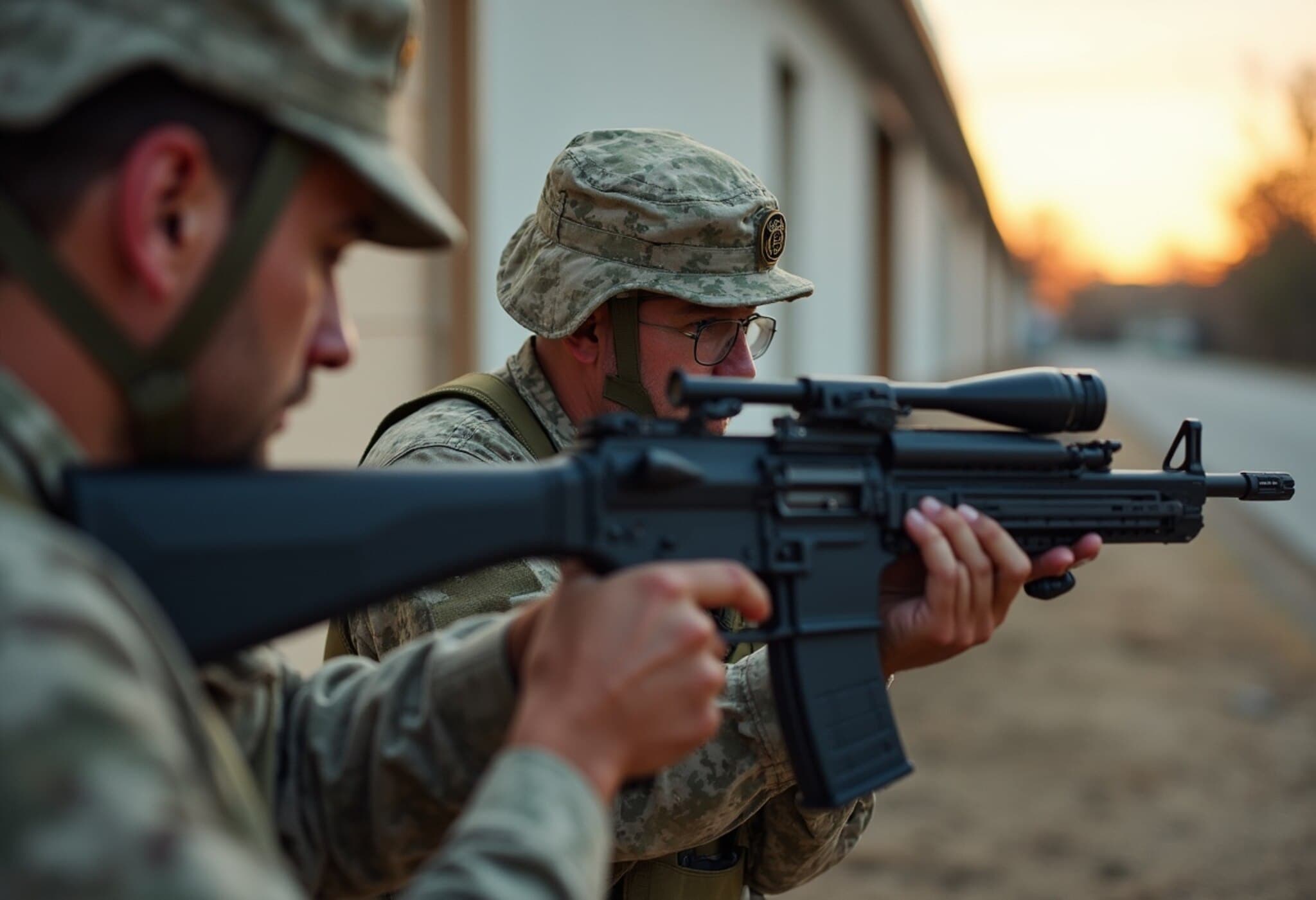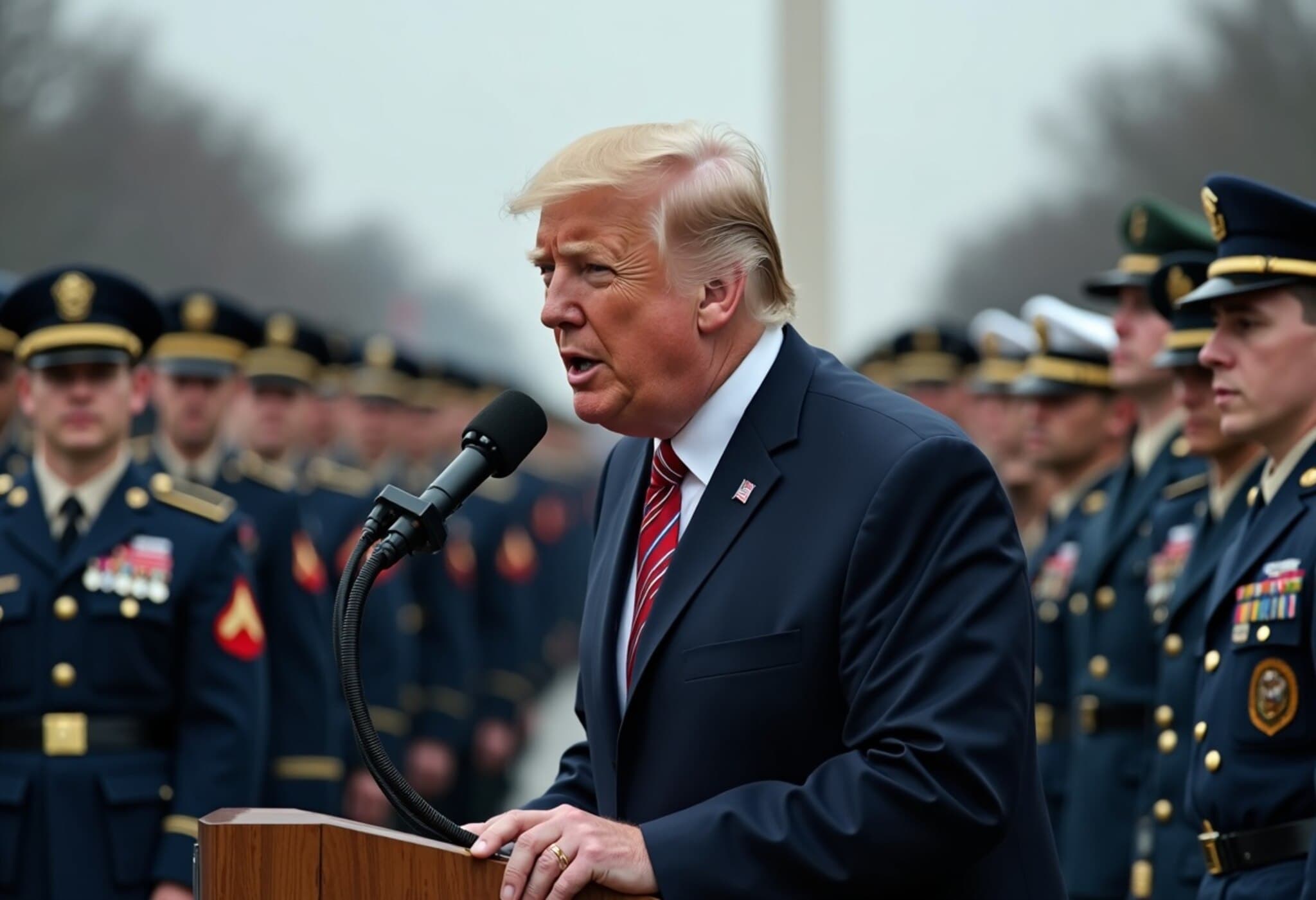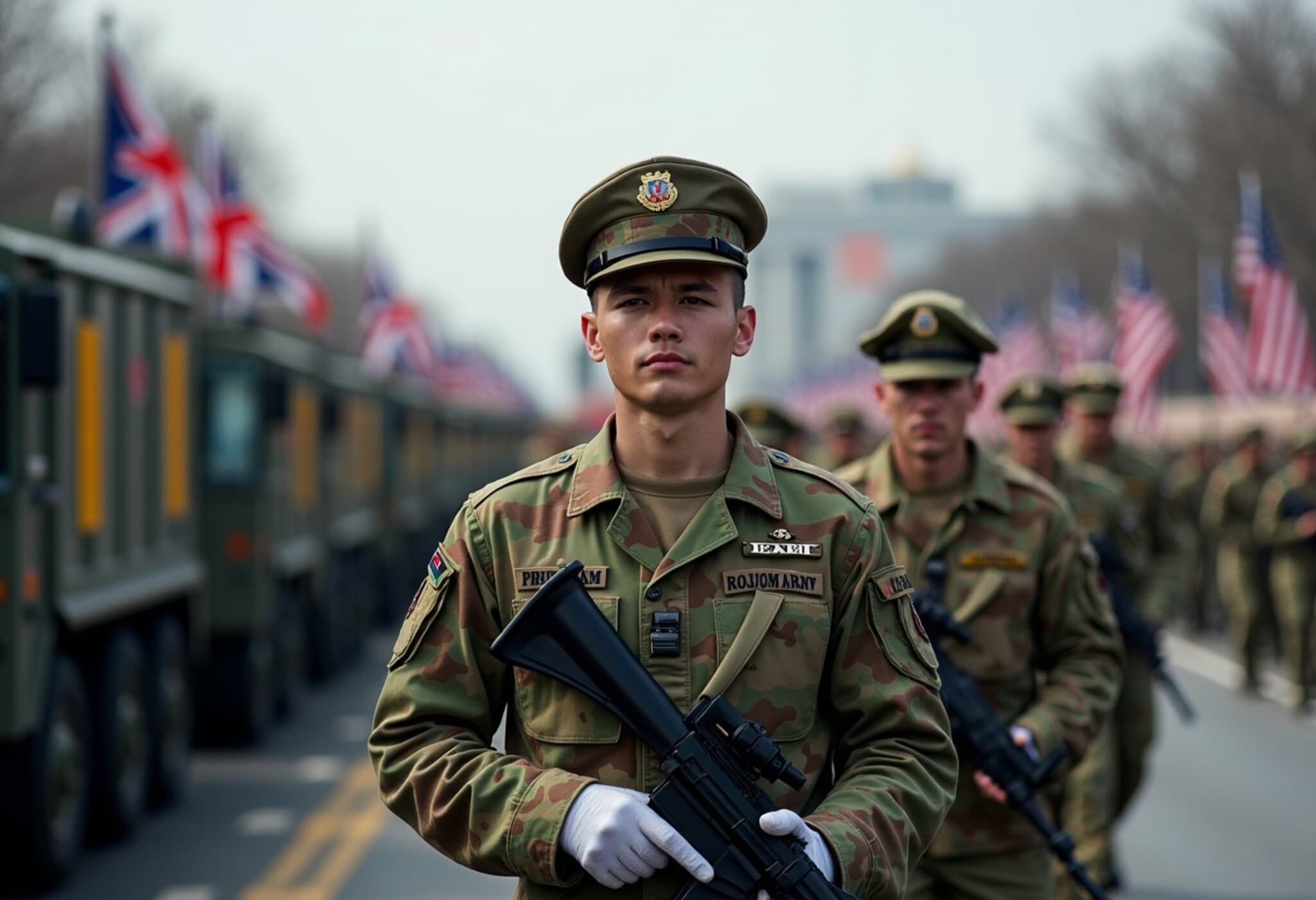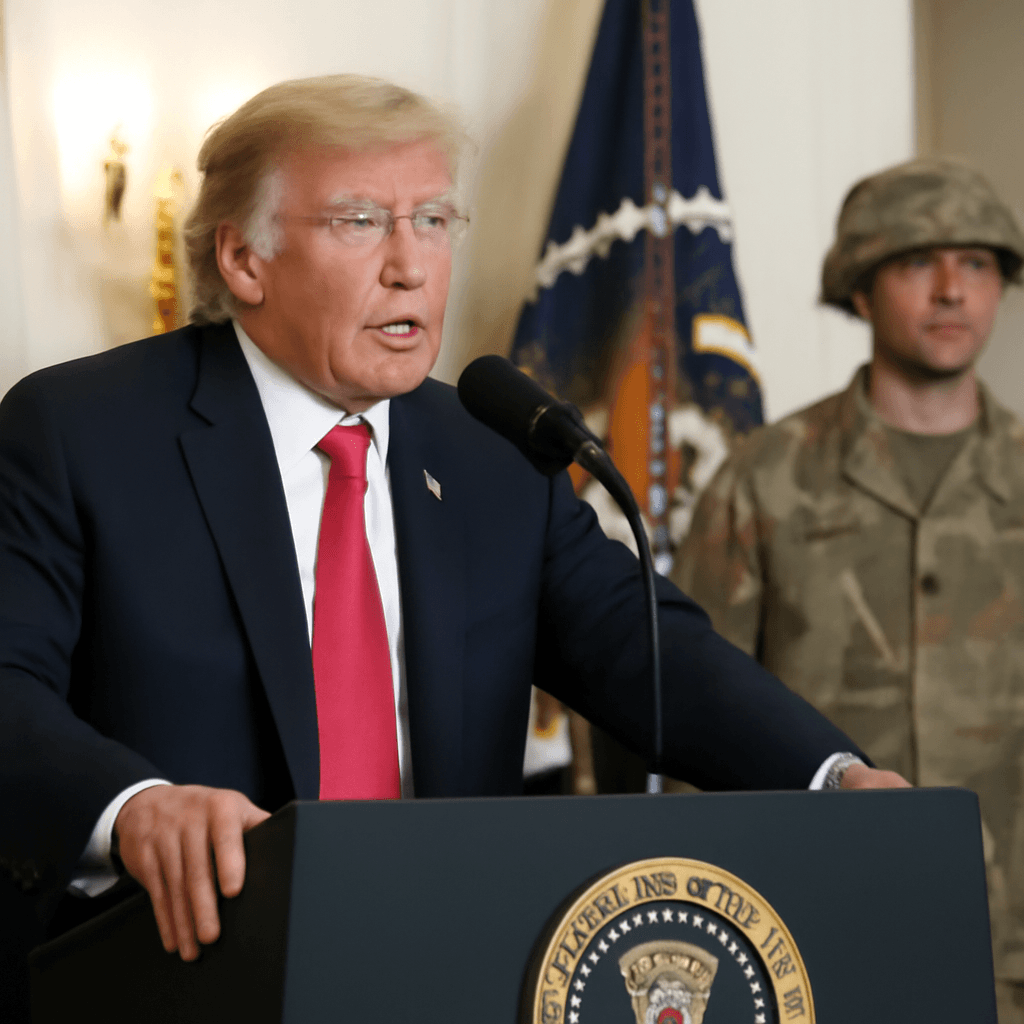Five Soldiers Shot at Fort Stewart-Hunter Army Airfield in Georgia
In a somber turn of events Wednesday, Fort Stewart-Hunter Army Airfield, located in southeast Georgia, was thrust into lockdown following a shooting incident that left five soldiers injured. The area affected was near the 2nd Armored Brigade Combat Team’s sector within the sprawling installation, home to the Army’s 3rd Infantry Division.
Swift Response and Lockdown Measures
Authorities acted quickly to secure the base, immediately sealing all entrances and issuing directives for personnel to shelter in place. The lockdown extended to three elementary schools on the base, serving nearly 1,400 children, who were kept indoors as a precaution. Nearby public schools also heightened security measures amid heightened caution.
The base's official Facebook alert urged all within the lockdown zone to “stay inside, close and lock all windows and doors”, reflecting the urgency of the situation as military and law enforcement rallied to contain the incident.
Shooter Apprehended; Investigation Ongoing
Law enforcement confirmed that the gunman was apprehended shortly after the attack, with no further threat posed to the installation or surrounding community. The FBI’s Savannah Field Office has teamed up with the Army’s Criminal Investigation Division to lead an inquiry into the circumstances that triggered this alarming event.
The wounded soldiers received immediate medical attention onsite before being transported to an Army hospital. Officials have chosen to withhold specific details regarding the extent of injuries to respect privacy and ongoing investigations.
Community and Leadership React
Gov. Brian Kemp expressed his condolences publicly, emphasizing he has been in constant communication with law enforcement agencies. “My thoughts and prayers are with the soldiers and families affected by this tragic event,” the governor stated. Similarly, U.S. Representative Buddy Carter, representing the district, said he was closely monitoring developments.
Contextual Analysis: Security and Soldier Well-being on Military Installations
Fort Stewart, as one of the largest Army installations in the United States, plays a critical role in national defense and training. Incidents like these, while statistically rare, raise important questions about security protocols, mental health support for servicemembers, and the challenges of maintaining safety on active military bases amidst complex internal and external threats.
Experts suggest that increased transparency regarding the incident's specifics could contribute to improved safety measures in the future, as well as help the military community process such trauma. Furthermore, this case underscores the importance of coordination between military and civilian agencies, such as the FBI, in managing crises.
Underreported Perspectives
- Mental Health Dynamics: While details on the shooter remain scarce, the military community continues to grapple with stress-related challenges faced by service members.
- Impact on Families and Civilians: Lockdowns of schools within the base highlight how soldier-related incidents ripple through families and the wider local community.
- Security Infrastructure: How might this shooting influence policies regarding weapon access, threat detection, and rapid response frameworks in military environments?
Looking Ahead
The full investigation will likely shed light on motives and failures, if any, in security that led to the shooting. As America faces evolving security challenges, understanding and addressing incidents like the Fort Stewart shooting is crucial to safeguarding those who serve and the communities intertwined with military life.
Editor's Note
This incident at Fort Stewart acts as a stark reminder of the unpredictable risks inherent even in secure military settings. It invites reflection on the balance between operational readiness and comprehensive well-being—including security vigilance and mental health resources—for soldiers. As the investigation unfolds, the broader community awaits answers that can prevent future tragedies while honoring those affected.












